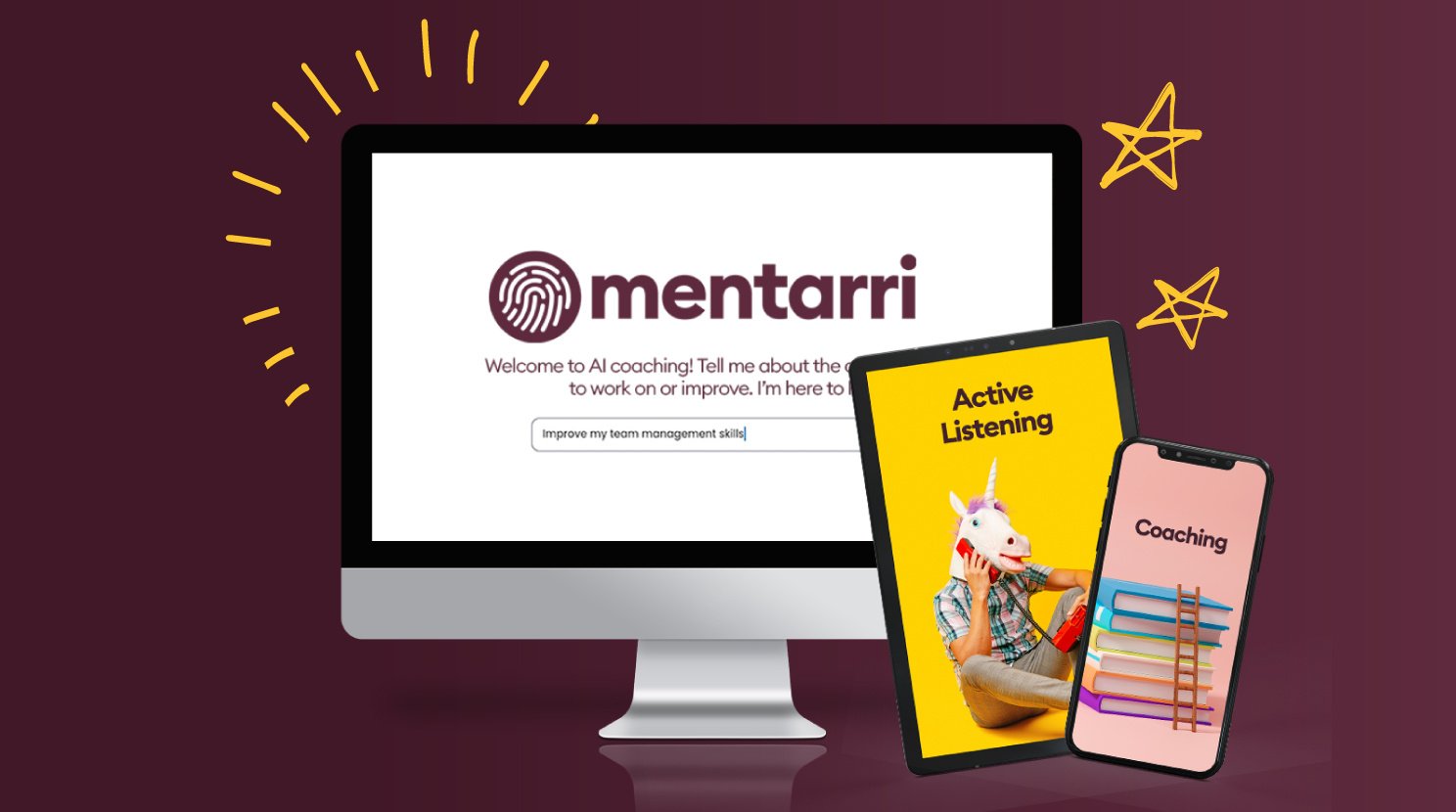Leaders with social anxiety disorder can give us valuable perspectives in workplaces that value extroversion.
Neurodiversity is an important factor in the push for more inclusive workplaces. For those who feel anxious giving presentations - or even in less pressurised scenarios - taking on managerial roles can feel incredibly daunting.
Our online leadership and management courses value interpersonal development and the development of soft skills at work. Russell Norris, former head of copy at R/GA shares his relationship with his own anxiety disorder in relation to his leadership role.
For most of my professional life, I’ve struggled in secret with Social Anxiety. Not shyness or self-consciousness, which we all feel at one time or another. I mean Social Anxiety Disorder (SAD), a phobia of social interaction.
More specifically, for me, it’s a phobia of blushing.
Early in my career, it led me into cycles of avoidance: staying away from situations that might make me blush. Those situations, of course, always involved people. Meetings, presentations, workshops: even going out for a team lunch was something I worked hard to avoid. Because missing out was always preferable to having a nervous meltdown in public.
Managerial roles and social anxiety - can they mix?
Things improved over time. I got older. I developed coping strategies. I got better at life in the office. Although the SAD never truly went away.
So when I became a manager, mid-career, I had misgivings. My role pushed me into the spotlight: clients to please, meetings to run, a department to lead. I was in an environment where the loudest voice in the room often held the most sway. Where your presence and persuasion counted for so much. How would I survive in this intensely extroverted space?
Looking back, three things definitely helped with my social anxiety:
1. I asked to work from home one day per week
Remote working is the new normal now. But it’s easy to forget that before COVID-19, WFH was still the exception. And it still felt stigmatised. I felt uncomfortable asking for it: but a day at home per week made a huge difference for me. On that day I was more focused and more productive. And I felt a powerful sense of release from the constant pressure to perform in public.
2. I left my desk to find headspace
I find open-plan offices counterproductive. After a while I started leaving my desk to get away from people. And I stopped feeling bad about needing peace and stillness to get my work done. I’d leave the building and sit in a cafe or go and hide on the top floor. There were no desks up there, only sofas and fake plants. I’d always see the same people slouched low behind those plastic leaves. And they were always the introverts.
3. I exercised to lower my anxiety
It’s hardly breaking news but it’s so true: mind and body are interconnected. Exercise burns up adrenaline and lowers blood pressure. It can decrease the physical signs of social anxiety like trembling, sweating and blushing. I started going for long runs before socially stressful events. Big meeting on Friday? Go for a run on Thursday night. It wasn’t a silver bullet. But it made a difference.
Why leaders should seek the benefits of introverted mindsets
What does this mean for leadership? I heard it said, once, that you’ve reached true maturity when you can hold two conflicting points of view in your mind at the same time. For example: that person is aloof and unengaged | that person is focused and self-driven. Good leaders acknowledge both sides of the coin. They look for the alternative experience. And give it the equal space it needs to grow. Because they know it enriches their team. And by turn, enhances the work.
Redface: How I Learnt To Live With Social Anxiety by Russell Norris is published on 1st April 2021 by Canbury Press, priced £9.99, available online and from all good bookstores.
Register for insights and updates or implement one of our levy-funded leadership programmes by clicking on the buttons below.


















